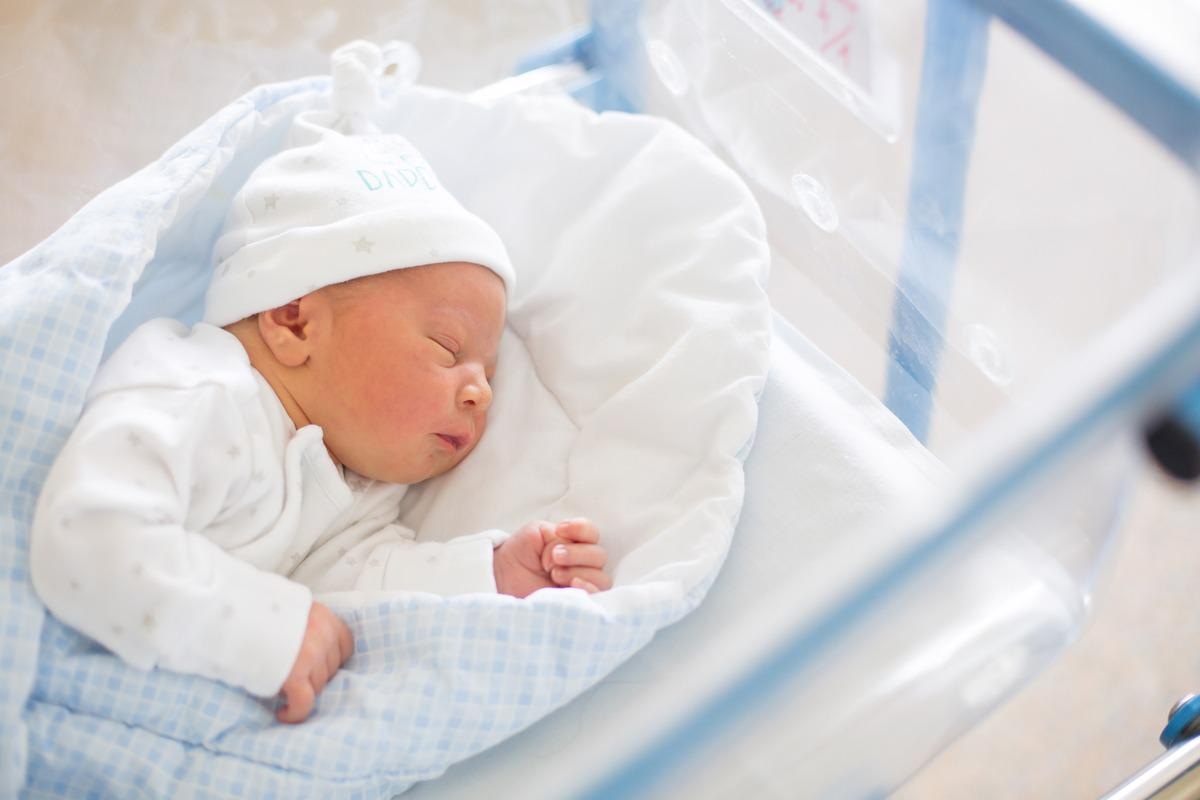Legalizing marijuana in several places worldwide has warranted a lower risk of harm to users. However, there is not sufficient evidence to understand the effect of marijuana when used by pregnant women.

In a recent study published in Phytomedicine Plus, researchers assessed the impact of marijuana use on neonatal outcomes.
About the study
In the present study, researchers assessed the implications of marijuana usage by pregnant mothers on neonatal outcomes.
The team conducted a literature search using the keywords “marijuana,” OR “cannabis,” AND “prenatal,” OR “postnatal” OR “neonatal” AND “effect” OR “affect” in the Web of Science Core Collection database. The records included in the study were managed and analyzed using the scientometric clustering method. The team then constructed a timeline of literature that was highly co-cited between 2012 and 2022.
A review of International Classification of Disease (ICD) codes was also performed for cannabis- cannabinoids and neonatal effects by entering the search terms “fetus,” “newborn,” and “cannabis” in the ICD-11 coding tool for mortality and morbidity statistics (MMS). The team further analyzed the bioactivity of key cannabinoids, namely cannabichromene (CBC), cannabigerol (CBG), cannabinol (CBN), and delta-9-tetrahydrocannabinol (THC) present in marijuana by conducting in-silico screening.
Results
The study included a total of 4,466 reviewed publications, among which 857 formed 12 clusters of journal papers that were highly co-cited around a similar topic. The 12 clusters included medical marijuana law, protective behavioral strategies, medical marijuana, adolescent marijuana user, brain structure, young adult, recreational marijuana legalization, birth outcome, marijuana dependence, negative consequence, cohort study, and medical marijuana.
The team found that the number of pregnant women using marijuana increased from 2.37% in 2002 to 3.85% in 2014. Approximately 48% to 60% of marijuana users continue their usage even during pregnancy. The team noted that the number of maternal hospitalizations due to marijuana usage increased by 23% within three years after implementing recreational marijuana use laws (RML) in the US.
The reviewed literature showed that marijuana could cross the placenta, which could lead to several deleterious effects on the infant. It could also impact fetal neurodevelopment as well as perinatal outcomes. Moreover, women who used marijuana during pregnancy had higher chances of developing anemia, while their infants had lower birth weights. Marijuana was also found to affect the normal transport and status of the placenta throughout the pregnancy. Furthermore, short-term exposure to cannabidiol (CBD) could increase the permeability of the placental barrier toward pharmacological agents, which could increase fetal risk.
The team also observed that marijuana usage during pregnancy led to increased resistance index as well as pulsatility index of the uterine artery, which could further increase placental resistance and reduce placental circulation. Furthermore, the concentration of serum carbon monoxide is five times higher in pregnant women using marijuana as compared to those using tobacco. This could lead to impaired maternal respiratory gas exchange, thus resulting in multiple adverse effects on the fetus.
Moreover, intrauterine exposure to marijuana can lead to impaired cognitive function as well as increased sensitivity to substance abuse in the infant. Also, fetal exposure to cannabinoids can also increase the sensitivity of the brain to the apoptotic effects of ethanol. Studies also showed that children exposed to marijuana in utero had problems with visual acuity, visual-motor coordination, and visual analysis.
At 14 weeks of gestation, the cannabinoid receptor type 1 is found in the central nervous system of a human fetus, with the density of the receptor increasing with the duration of gestation. This indicated that endocannabinoids play a crucial role in human brain development. The endocannabinoid system (ECS) comprises these receptors and was hence important in the initial stages of neuronal development. Since marijuana passes freely through the placenta into breast milk, it can spread to the fetus too. The role of cannabinoids in the implantation of pregnancy, placement of the placenta, as well as the neural development of the fetus suggests that marijuana is hazardous to overall fetal development.
Conclusion
Overall, the study findings showed multiple adverse effects of marijuana usage by pregnant women on their offspring. However, the overall effects of marijuana on neonatal outcomes are still non-conclusive due to the involvement of various economic, sociologic, as well as political factors. The researchers believe that ceasing the usage of marijuana during pregnancy could reduce the risk and result in the highest safety profile for the mother and the child.
- Yu, Z. et al. (2022) "Implications and quantifications of marijuana use regarding neonatal outcomes", Phytomedicine Plus, 2(3), p. 100304. doi: 10.1016/j.phyplu.2022.100304. https://www.sciencedirect.com/science/article/pii/S2667031322000872
Posted in: Medical Science News | Medical Research News | Healthcare News
Tags: Anemia, Brain, Breast Milk, Cannabidiol, Cannabinoid, Cannabis, Carbon Monoxide, Central Nervous System, Children, Cognitive Function, Coronavirus Disease COVID-19, Endocannabinoids, Ethanol, In Utero, Mortality, Nervous System, Newborn, Placenta, Pregnancy, Prenatal, Receptor, Respiratory, Substance Abuse, Tetrahydrocannabinol, Tobacco

Written by
Bhavana Kunkalikar
Bhavana Kunkalikar is a medical writer based in Goa, India. Her academic background is in Pharmaceutical sciences and she holds a Bachelor's degree in Pharmacy. Her educational background allowed her to foster an interest in anatomical and physiological sciences. Her college project work based on ‘The manifestations and causes of sickle cell anemia’ formed the stepping stone to a life-long fascination with human pathophysiology.
Source: Read Full Article
